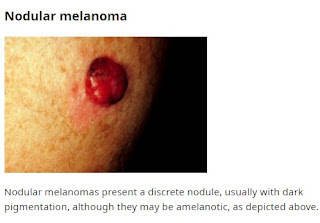The Health Economy in Developing Countries

The health economy in developing countries is a complex and challenging issue. On the one hand, there is a growing need for health care services, as populations grow and age. On the other hand, there are limited resources to meet this need. As a result, developing countries face a number of challenges in their health economies, including: Inadequate access to health care: Many people in developing countries do not have access to basic health care services. This is due to a number of factors, including poverty, lack of transportation, and geographic isolation. High cost of health care: The cost of health care in developing countries is often high, even for basic services. This is due to a number of factors, including the high cost of medical equipment and supplies, the low salaries of health care workers, and the lack of government subsidies for health care. Inadequate health infrastructure: The health infrastructure in many developing countries is inadequate. This i...
.jpeg)





